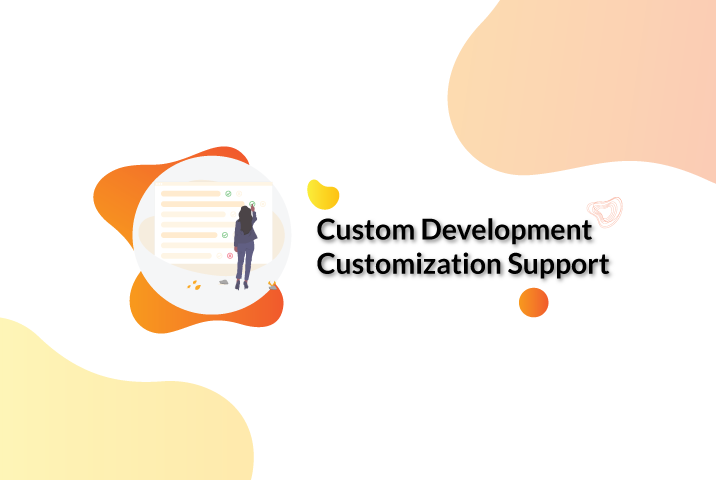What is a Change Log for Digital Product?
When developing a digital product, whether it’s a website, an app, or a piece of software, there are often frequent updates and changes that need to be made. Keeping track of those changes can be a challenge, especially if you have a large team working on the project or if you’re working with external stakeholders who need to be kept in the loop. That’s where a change log comes in.
A change log is a document or a record that tracks changes to a digital product over time. It can include information such as:
- What changes were made
- When they were made
- Who made the changes
- Why the changes were made
- Any relevant notes or comments
A change log can be created using a variety of tools, including spreadsheets, project management software, or even just a simple text file. The important thing is to have a centralized place where all changes are recorded and documented.
Why is a Change Log Important?
A change log is an essential tool for anyone involved in the development or maintenance of a digital product. Here are some of the key reasons why:
1. Provides a Clear Record of Changes
When a change log is properly maintained, it provides a clear and accurate record of all changes made to a digital product. This can be especially helpful if there are multiple people working on the project or if changes are made over a long period of time. With a change log, you can easily see what changes were made, when they were made, and who made them.
2. Helps Identify Issues and Bugs(Solutions)
By tracking changes over time, a change log can help you identify patterns or trends that may be contributing to issues or bugs in your product. For example, if you notice that certain changes are consistently causing problems, you can investigate further to determine the root cause and find a solution.
3. Facilitates Communication
A change log can be a valuable communication tool, especially when working with external stakeholders such as clients or partners. By keeping everyone informed of changes as they occur, you can ensure that everyone is on the same page and that there are no surprises.
4. Helps Identify Issues and Bugs(Rollback)
If a change causes unexpected issues or has unintended consequences, it may be necessary to rollback or revert to a previous version of the product. With a change log, you can easily identify the last stable version of the product and roll back to that version if necessary.
5. Supports Documentation and Training
When new team members join a project, it can be helpful to have a change log as part of the onboarding process. By reviewing the change log, new team members can quickly get up to speed on what has been done so far and why. Similarly, a change log can be a valuable resource when creating documentation or training materials.

CBX Changelog for WordPress
A changelog is a document that records the changes made to a product over time. It typically includes information such as the date of the change, the version number, the author, and a brief description of what was added, modified, or removed. A changelog helps users and developers keep track of the product’s evolution and identify any issues or bugs that may arise from the updates. A changelog also serves as a communication tool between the product team and the stakeholders, as it showcases the progress and achievements of the project.
Best Practices for Maintaining a Change Log
To get the most out of your change log, it’s important to follow some best practices for maintaining it. Here are some tips to keep in mind:
1. Make It Easy to Update
The easier it is to update the change log, the more likely it is that team members will use it consistently. Consider using a tool that is easy to access and update, such as a shared Google Sheet or a dedicated project management tool.
2. Be Consistent
Make sure that everyone on the team understands the importance of keeping the change log up to date and follows the same format for recording changes. This will help ensure that the information is consistent and easy to understand.
3. Include Relevant Information
Make sure that the change log includes all relevant information about each change, including what was changed, why it was changed, who made the change, and when it was made. You may also want to include any relevant notes or comments to provide additional context.
4. Keep It Organized
As the change log grows, it can become difficult to navigate and find the information you need. Make sure to keep the change log organized and easy to search by using headings, subheadings, and a consistent naming convention.
5. Review and Update Regularly
Finally, it’s important to review and update the change log regularly to ensure that it remains accurate and up to date. Make sure to schedule regular reviews and updates as part of your development process.
Conclusion
A change log is an essential tool for anyone involved in the development or maintenance of a digital product. By providing a clear and accurate record of all changes made over time, a change log can help identify issues, facilitate communication, simplify rollbacks and reversions, and support documentation and training. To get the most out of your change log, make sure to follow best practices for maintaining it, including making it easy to update, being consistent, including relevant information, keeping it organized, and reviewing and updating regularly.








